As a BetterHelp affiliate, we receive compensation from BetterHelp if you purchase products or services through the links provided
Understanding the difference between habit and addiction is crucial to recognizing their impact on one’s life. A habit is a routine behavior that you perform regularly and often automatically. While habits can be positive or negative, they typically don’t compromise your health or daily functioning. On the other hand, an addiction involves a compulsion to engage in a behavior that can be harmful to your health and well-being.
Recognizing addiction is more complex, as it involves the brain’s reward system. It can lead to significant health issues, alter behavior, and require more comprehensive treatment strategies. Knowing when a habitual action crosses into the territory of addiction is vital, as it can affect not only the individual but also their relationships and societal interactions. Identifying triggers and using support networks are pivotal in the journey toward treatment and recovery.
Key Takeaways
- Habits are routine behaviors, while addiction is a compulsive behavior with harmful consequences.
- Addiction’s impact on the brain can necessitate specific treatment and recovery strategies.
- Support networks and understanding triggers are critical for managing addiction.
Understanding Habits
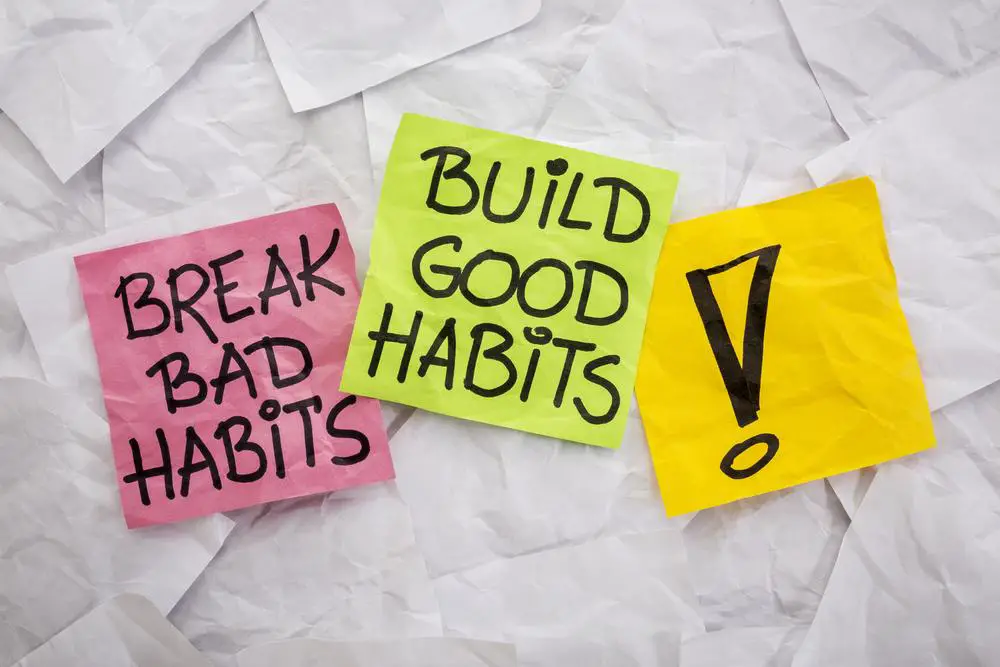
In this section, you’ll gain insights into what habits truly are, how they’re shaped by dopamine, and practical strategies for cultivating beneficial routines and ditching the harmful ones.
Nature of Habits
Habits, simply put, are behaviors that you perform automatically due to the cues around you, creating a loop of routine actions. Usually built through repetition, a habit can start with a trigger, leading to the behavior itself, and result in a reward that reinforces the cycle. For instance:
- Trigger: Your alarm clock rings.
- Routine: You go for a morning jog.
- Reward: You feel energized and refreshed.
Key Takeaway: Recognizing the triggers and rewards in your life can help you understand your habits better.
Role of Dopamine
Dopamine, a neurotransmitter in your brain, plays a crucial role in habit formation. When you partake in an activity that brings pleasure or satisfaction, dopamine signals that the experience is worth remembering and repeating.
- Good Habit: Reading before bed leads to dopamine release and relaxation and is likely to become a nightly habit.
- Bad Habit: Overindulging in junk food can do the same, pushing you toward a less healthy habit.
Key Takeaway: Be mindful that dopamine isn’t just about pleasure; it’s about learning; it solidifies both good and bad habits.
Developing Good Habits
 Establishing good habits starts with intentional actions repeated over time until they become second nature. Consider implementing these strategies:
Establishing good habits starts with intentional actions repeated over time until they become second nature. Consider implementing these strategies:
- Set clear goals: “Read 20 pages of a book each night before sleep.”
- Start small: Focus on doing five minutes of meditation daily before aiming for longer sessions.
- Create a supportive environment: Keep your running shoes by the door to remind you of your intention to jog each morning.
Key Takeaway: Make it easy for good habits to stick by preparing your environment and starting with manageable steps.
Breaking Bad Habits
“Replacing a negative habit with a positive ritual can be an effective strategy.”
- Identify the cue triggering your bad habit.
- Consciously interrupt the habitual response.
- Replace it with a more desirable action that fulfills the same need.
For example, if stress leads you to snack on unhealthy food, you could replace snacking with a quick walk or deep breathing.
Key Takeaway: Substituting a bad habit with a healthier routine can quench the habit’s cue without negative repercussions.
Defining Addiction
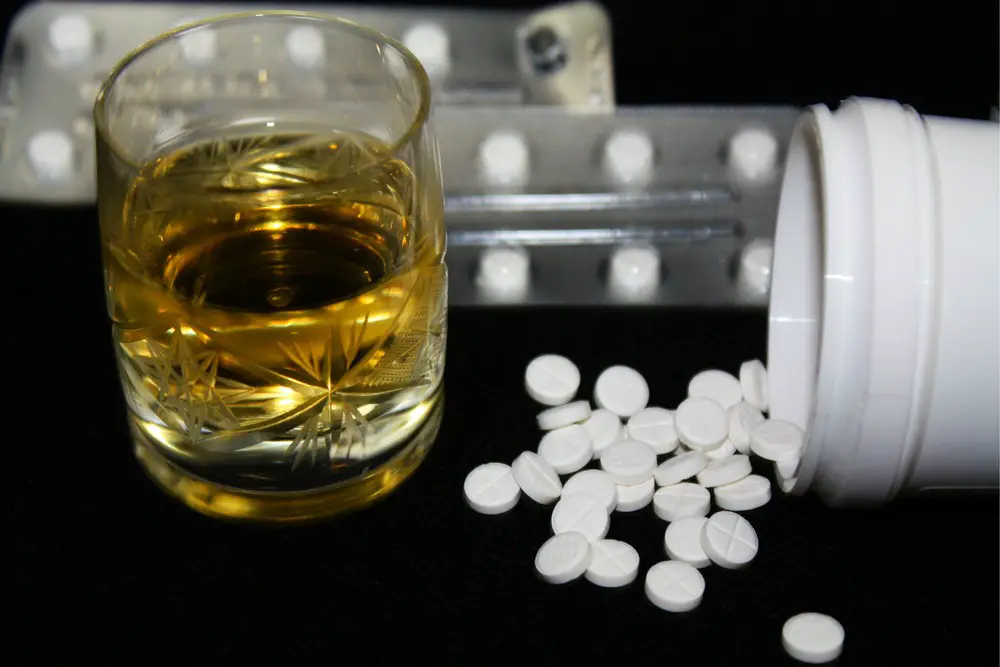
When you’re looking into the nature of addiction, it’s essential to distinguish it from regular habits and understand how your brain plays a significant role, especially when discussing substance use and the progression to substance abuse.
Addiction vs Habit
- Addiction: This is when you can’t stop doing something, even if you want to or it’s causing harm. It’s a compulsive behavior, often characterized by a psychological and physical inability to stop consuming a chemical, drug, activity, or substance, even though it is causing psychological and physical harm.
- Habit: A habit is a routine behavior you repeat regularly and often automatically. While habits can be good or bad, they don’t hijack your life like an addiction does.
Key Takeaway: Remember, a habit can often be broken with some willpower and a change in routine while breaking an addiction generally requires more intensive help.
Brain Chemistry and Addiction
Your brain has a rewarding system designed to make sure you repeat life-sustaining activities. Addictive substances hijack this system, releasing more significant amounts of dopamine—the feel-good neurotransmitter. Over time, your brain may require more of the substance to get the same feeling, which can lead to a substance use disorder.
Key Takeaway: Realize that with addiction, it’s not just about willpower – your brain chemistry changes, making it a more complex issue to overcome.
Substance Use and Abuse
- Substance Use: This involves consuming alcohol or drugs but doesn’t always lead to addiction. For instance, having a glass of wine with dinner is substance use.
- Substance Abuse: This is when you start drinking alcohol or using drugs at a level that causes problems in your life, like an alcoholic might. It might start with missing work or arguments with family and escalate to a drug addiction or other severe consequences.
Key Takeaway: Using substances doesn’t automatically lead to abuse, but it’s essential to be mindful of how much and how often you’re using them to prevent potential addiction.
Health Implications
When you’re grappling with habits and addictions, your physical and mental health are on the line. It’s critical to understand the impact these can have on your well-being.
Physical Consequences
The toll on your physical health from addiction, particularly to substances like alcohol and drugs, can be severe. Chronic use can lead to a slew of health problems that may range from mild to life-threatening.
- Alcohol: Liver damage, cardiovascular disease, and digestive issues.
- Drugs: Respiratory problems, heart conditions, and infectious diseases.
Your body’s resistance to illnesses can weaken, and recovery from common sicknesses can take longer. It’s like your immune system is constantly running an uphill battle.
Key Takeaway: Taking care of your body is crucial; recognizing the physical implications of addiction helps you seek timely help.
Mental Health Considerations
 Your mental health can take a big hit when your day-to-day behaviors become addictions. While a habit can influence your mood, an addiction can overhaul your entire mental landscape. Here’s how:
Your mental health can take a big hit when your day-to-day behaviors become addictions. While a habit can influence your mood, an addiction can overhaul your entire mental landscape. Here’s how:
- Substance-related disorders can lead to anxiety, depression, and even more severe conditions like psychosis.
- Regular abuse of drugs can alter brain chemistry, leading to dependency and a host of cognitive issues.
Remember, it’s not just about feeling a bit off; we’re talking about long-term changes that might need professional intervention.
Key Takeaway: Guarding your mental well-being is as important as your physical health; staying aware of these risks is your first defense.
Social and Emotional Factors
Habitual behaviors and addictions significantly hinge on social and emotional factors that can shape your interactions and emotional well-being.
Relationship Impact
Developing a habit or falling into an addiction can strain your relationships, often causing friction with friends, family, and colleagues. It’s crucial to understand how this happens:
- Friends and Family: When habits form, they can monopolize your time, diverting attention away from loved ones. This can lead to feelings of neglect or resentment.
- Work Relationships: Addictive behaviors may interfere with your professional life, potentially resulting in conflicts and decreased productivity.
Key Takeaway: Monitor the balance between your habits and interactions to prevent strain on relationships.
Coping with Negative Emotions
Turning to habitual or addictive behaviors as a coping method for negative emotions like stress, sadness, or anger can offer temporary relief but often worsen things in the long run.
- Short-term Relief: Habits might provide an escape from reality, but remember, this is fleeting.
- Long-term Repercussions: Escapism through addiction escalates negative emotions once the temporary high fades.
Strategy: Find healthy support mechanisms, like talking to a friend, exercising, or seeking professional help.
Key Takeaway: Build a toolbox of positive coping strategies to deal with challenging emotions in a way that supports your well-being.
Mechanisms of Addiction
When you think about addiction, you might picture someone unable to stop a particular behavior. But what’s going on beneath the surface? It’s a play of your brain’s chemistry and pathways, intricately linked to how you experience reward, develop tolerance, and become dependent.
Reward System
Your brain’s reward system is deeply affected by addiction. Thanks to a chemical called dopamine, it’s like your personal cheerleader for behaviors that make you feel good. Imagine this:
- Dopamine Release: When you engage in a pleasurable activity, your brain releases dopamine, giving you a “high.”
- Operant Conditioning: Over time, your brain starts associating certain behaviors with this dopamine rush, reinforcing them.
Key takeaway: Your brain’s pursuit of dopamine can push you towards repeated behavior, setting the stage for addiction.
Tolerance and Dependence
Tolerance and dependence are two sides of a rather tricky coin:
- Growing Tolerance: After repeated exposure, your brain gets used to the dopamine flood and lessens its response. You now need more of the substance or behavior to get the same “high.”
- Onset of Dependence: Eventually, your brain’s chemistry alters, making the presence of the substance or behavior a new normal for functioning.
Key takeaway: As tolerance grows, dependence sneaks up on you, making quitting without discomfort or withdrawal symptoms tougher.
Neural Pathways
The story of addiction isn’t complete without a look at your brain’s wiring – the neural pathways:
- Strengthened Connections: With addiction, some neural pathways, especially those linked to the reward system, grow stronger.
- Prefrontal Cortex: This part of the brain linked to decision-making and impulse control can get overridden by the demand for more rewards.
Key takeaway: Addiction can rewire your brain, challenging your self-control and making it harder to resist urges.
Identifying Triggers
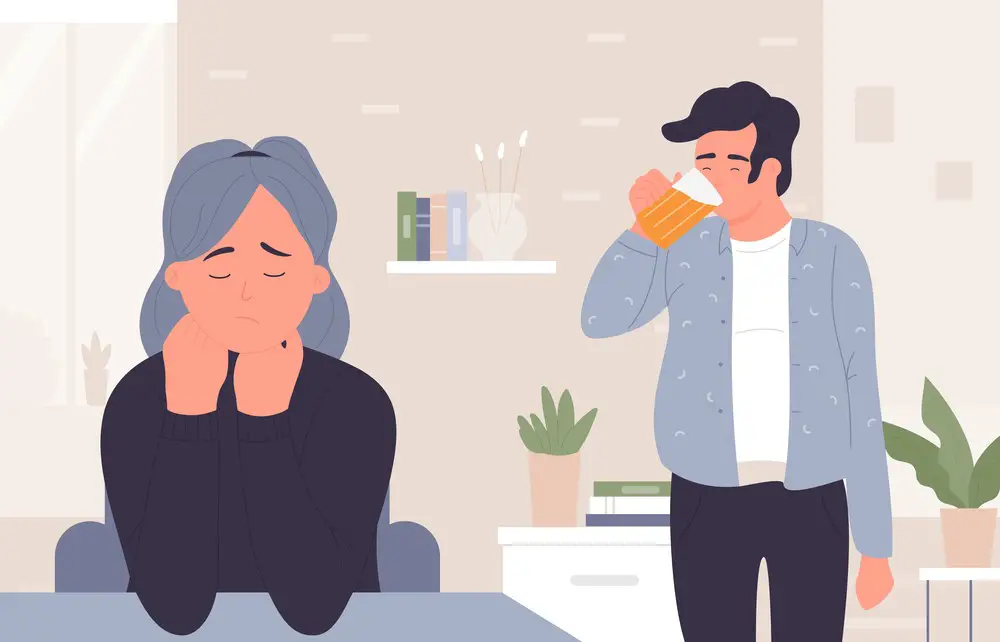 In the journey of managing habits and addictions, recognizing what sparks a craving or leads to a habit loop is critical. It’s about understanding the cause behind the effect.
In the journey of managing habits and addictions, recognizing what sparks a craving or leads to a habit loop is critical. It’s about understanding the cause behind the effect.
Cues and Cravings
Cues can be anything in your environment or emotional state that sends a signal to your brain, leading to a craving. Let’s break this down for clarity:
- External Cues: these can be people, places, things, or situations that you associate with your habit or addiction.
- Example: Seeing a group of friends you used to smoke with can trigger the urge to smoke.
- Internal Cues: these involve emotions or physical sensations that you’ve linked to a behavior.
- Example: Feeling stressed might trigger a craving for comfort food.
Awareness of these cues means you can start actively changing your response to them.
Key Takeaway: Identify your cues and acknowledge the cravings they ignite. This self-awareness is a decisive first step.
Avoiding Temptations
Steering clear of temptations requires strategic planning. Here’s what you can do:
- Modify Your Environment: Remove the triggers from your surroundings.
- If junk food is your weakness, clear it out from your kitchen.
- Change Your Routine: If a particular activity leads to temptation, reroute your habits.
- Swap out happy hour with a visit to the gym or a hobby club.
- Mindfulness Practices: Stay grounded in the present moment to handle temptations better.
- Practicing deep breathing can help prevent a knee-jerk reaction to triggers.
Key Takeaway: By adjusting your environment and routines, you arm yourself against potential triggers.
Treatment and Recovery
Embarking on a journey to overcome habit or addiction is challenging but remarkably rewarding. It involves understanding the most effective ways to support treatment and encourage long-term recovery.
Approaches to Recovery
 Different individuals may require unique approaches to recovery, so it’s essential to find a treatment program that caters to your specific needs. Here are some strategies:
Different individuals may require unique approaches to recovery, so it’s essential to find a treatment program that caters to your specific needs. Here are some strategies:
- Professional Help: Engaging with healthcare professionals specializing in addiction can be a crucial first step. They can guide you towards a variety of treatment programs, which might include:
- Individual Therapy: Working one-on-one with a therapist can help you uncover the root causes of your addiction and develop strategies to manage it.
- Group Therapy: Sharing experiences with others facing similar challenges offers mutual understanding and support.
- Medication: Sometimes, doctors prescribe medication as part of the treatment plan. These medications can help manage withdrawal symptoms or reduce cravings.
- Holistic Therapies: Practices like yoga, meditation, or art therapy can supplement traditional treatments by helping to reduce stress and regulate emotions.
Key Takeaway: There’s no one-size-fits-all treatment; it’s all about what resonates with you and supports your recovery journey.
Importance of Support Systems
Having a robust support system is often the backbone of successful recovery. Here’s what that might include:
- Family and Friends: The encouragement and understanding of loved ones can be a powerful motivation during recovery. It’s okay to lean on them.
- Support Groups: Whether it’s a 12-step program or another form of peer support, connecting with individuals who have walked a similar path can provide invaluable perspectives and empathy.
- Counseling: Seeking counseling can help maintain focus on recovery goals and manage any other concurrent issues such as anxiety or depression.
Key Takeaway: Your support network is there to lift you; don’t hesitate to reach out and surround yourself with people who care.
Lifestyle and Behavioral Changes
Making positive changes to your lifestyle involves adopting new routines, engaging in physical activity, and practicing mindfulness. These can help you distinguish between a harmless habit and a harmful addiction.
Developing New Routines
Adopting new routines can breathe fresh energy into your day-to-day life. Begin by:
- Setting specific goals for each day that aligns with your long-term aspirations.
- Creating a schedule that includes time for work, rest, and activities you enjoy.
Key Takeaway: Establishing tailored routines provides structure and can displace negative behaviors with more rewarding, healthy habits.
Exercise and Healthy Activities
Regular exercise and healthy activities contribute significantly to a balanced lifestyle. Focus on:
- Incorporating various exercises such as walking, swimming, or cycling to keep things interesting.
- Choosing activities that not only improve your fitness but also bring you joy.
Key Takeaway: Physical activity can improve your physical and mental health, helping you maintain self-control and resist addictive behaviors.
Mindfulness and Self-Control
Mindful practices bolster self-control and assist in reshaping your lifestyle. Integrate mindfulness by:
- Practicing breathing exercises to center your thoughts and emotions.
- Being present during each task, appreciating the moment rather than operating on autopilot.
Key Takeaway: Mindfulness encourages awareness of your behavior, fostering the ability to make conscious choices rather than succumbing to automatic habits.
Relapse Prevention
In this critical stage of your journey, a robust plan for relapse prevention is not just beneficial; it’s essential. Let’s focus on two vital pillars for this process: Building Resilience and Sustainable Change. These tools will empower you to manage the challenges of recovery and support you in maintaining your valuable progress.
 Building Resilience
Building Resilience
Building resilience is like constructing a fort that can withstand minor setbacks and significant storms. Here are some strategies to reinforce your resilience:
- Identify your triggers and create a plan to avoid or manage them.
- Develop a support network: connect with friends, family, or support groups who understand your journey.
- Learn and practice stress-reduction techniques: meditation, deep breathing, or yoga can be your anchors.
- Expand your toolbox with new hobbies or activities that bring you joy and distract you from old patterns.
Your resilience grows whenever you overcome a challenging situation without reverting to past behaviors. Remember, it’s not about never falling but learning how to get back up.
Key takeaway: Establishing a network and stress-reduction practices is critical for building resilience against relapse.
Sustainable Change
Sustainable change is the golden thread that ties your recovery efforts together. Here’s how you can weave it into your life:
- Set realistic goals and break them down into manageable steps.
- Keep a journal or use an app to track your progress and reflect on your journey.
- Balance your responsibilities by setting priorities and boundaries to avoid being overwhelmed.
- Reward yourself for milestones achieved with non-substance-related rewards.
As you embrace these strategies, you’ll find that sustainable change isn’t just a concept; it’s a new way of living your life with intention and purpose.
Key takeaway: By making minor adjustments and celebrating each success, you foster a lifestyle conducive to lifelong recovery.
Support Networks and Resources
Finding the proper support can make all the difference when it comes to managing habits and overcoming addiction. A robust network of friends, family, and professionals can provide the tools and encouragement needed for sustainable change.
Family and Friends
- Emotional Anchor: Your loved ones often act as a stable emotional anchor. They can provide a listening ear, words of affirmation, and invaluable daily support.
- Practical Assistance: Sometimes, you might need help with day-to-day tasks or a buffer against potential triggers. Family and friends can step in to make your journey smoother.
Key Takeaway: Don’t hesitate to lean on your family and friends; they can be your greatest cheerleaders and allies.
Professional Networks
- Licensed Counselors: Partnering with a licensed counselor can give you personalized strategies and coping mechanisms.
- Support Groups: Engaging in group counseling or support groups like AA or NA offers a community facing similar challenges.
- Treatment Facilities: Sometimes, professional help can provide the structured support you need.
Key Takeaway: Professional networks have the tools and expertise to provide tailored support.
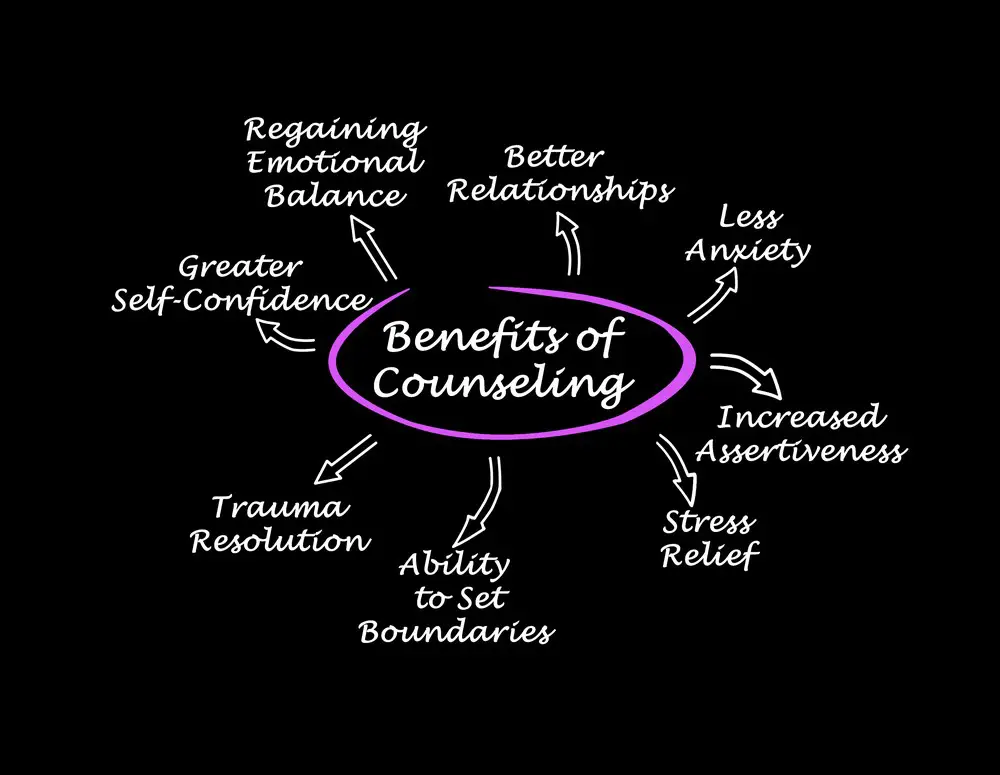
Recognizing the Need for Therapy: When Habit Becomes Addiction
It’s often challenging to distinguish when a regular habit becomes an addiction that needs professional intervention. Understanding these signs is crucial for timely help:
- Loss of Control: The inability to stop the behavior despite wanting to do so.
- Neglect of Other Activities: When your habit overshadows work, social, or family responsibilities.
- Risky Behavior: Engaging in risky activities while under the influence or to sustain the habit.
- Tolerance and Withdrawal: More to achieve the same effect or experiencing physical or emotional withdrawal symptoms.
- Continuation Despite Harm: Continuing the habit even when causing physical, mental, or social harm.
Setting Goals for Therapy: Your Roadmap to Recovery
 Therapy aims to provide guidance and strategies for overcoming addiction. Key goals often include:
Therapy aims to provide guidance and strategies for overcoming addiction. Key goals often include:
- Understanding Triggers: Identifying situations, emotions, or people that trigger your addictive behavior.
- Developing Coping Strategies: Learning healthy ways to deal with stress, anxiety, or other emotions.
- Improving Emotional Regulation: Gaining skills in managing emotions without relying on the addictive habit.
- Rebuilding Relationships: Working on healing and strengthening relationships affected by addiction.
- Creating a Balanced Lifestyle: Focusing on a holistic approach to well-being, including physical health, mental health, and social activities.
Recognizing Progress in Therapy: Celebrating Milestones
Recognizing and celebrating progress is vital in the journey to recovery. Signs of progress include:
- Reduced Frequency of the Habit: Noticeable decrease in engaging in addictive behavior.
- Improved Emotional Well-being: Feeling more in control and experiencing more positive emotions.
- Enhanced Relationships: Better communication and stronger bonds with family and friends.
- Increased Engagement in Positive Activities: More involvement in hobbies, work, or social events.
- Positive Feedback from Therapists and Peers: Receiving affirmation on your progress from professionals and support groups.
Recognizing the need for therapy, setting clear goals, and acknowledging progress are essential steps in transforming an addictive habit into a healthier lifestyle. Remember, each individual’s journey to recovery is unique, and every small step counts towards a larger goal.
Frequently Asked Questions
In this vital section, you’ll discover the nuances between habits and addictions, how these behaviors are distinguished, and the distinct approaches needed to address them.
How can one distinguish a habit from an addiction?
You can tell a habit from an addiction by looking at control and consequences. A habit is something you choose to do regularly, almost as a routine, without significant adverse outcomes. An addiction, however, takes over your ability to make choices and can lead to harmful consequences. Think of a habit as your daily cup of coffee, while an addiction might mean you can’t function without it despite health warnings.
Key takeaway: Control is essential; with a habit, you’re in the driver’s seat, but addiction takes the wheel.
What are the key psychological differences between a habit and an addiction?
Psychologically, a habit forms from repeated behavior that creates neural pathways in your brain, reinforcing the habit. Addiction, on the other hand, often involves a substance or behavior that triggers your brain’s reward system and creates a chemical dependence or psychological need. Habits can be benign or even positive, whereas addictions create a craving that goes beyond voluntary control.
Key takeaway: It’s the brain’s reward system that often takes a habit into the territory of addiction.
Why is breaking an addiction generally considered more difficult than breaking a habit?
Breaking an addiction is challenging due to the intense cravings and potential withdrawal symptoms that can occur when you try to quit. Your brain and body have become so used to the addictive substance or behavior that they react negatively when it’s not available. On the flip side, while habits can be stubborn, they typically don’t involve the physical or psychological dependence that comes with addiction.
Key takeaway: The physical and psychological withdrawal makes addiction a trickier beast to tame than a simple habit.
In terms of behavior change, how does treatment differ for habits versus addictions?
Self-monitoring and adjusting your environment can often lead to success when you want to change a habit. For addiction, treatment usually requires a more comprehensive approach, possibly including therapy, medical intervention, and support groups. You can swap out your habit with a healthier one, but addiction often needs an all-hands-on-deck strategy.
Key takeaway: Addiction usually requires a more robust, multifaceted approach compared to changing a habit.
What are the social and personal impacts of habits compared to addictions?
Habits might shape your daily routine, and changing them can often improve your quality of life. But addictions? They can wreak havoc on your relationships, career, and overall well-being. From a social standpoint, addictions can lead to stigma and isolation, while habits are typically seen as personal quirks or standard behaviors.
Key takeaway: Addictions can have far-reaching impacts that ripple through every aspect of your life.
How do medical professionals categorize behaviors as either habits or addictions?
Medical professionals look at patterns, consequences, and impairments to one’s functioning. They use diagnostic criteria, like those in the DSM-5, which apply specific checklists related to substance use or behavioral addictions. For example, if your coffee habit doesn’t impair your day-to-day life, it’s a habit, but if you can’t stop despite health issues, it might be classified as an addiction.
Key takeaway: Professionals use well-defined criteria to differentiate between a daily preference and a clinical concern.
- Breaking the Silence: Why Men’s Mental Health Matters More Than Ever - April 15, 2025
- How to Transform a Home’s Patio Space into a Relaxing Space - March 23, 2025
- 5 Strategies to Use a Cell Phone to Help Manage Your Stress - March 23, 2025
This site contains affiliate links to products. We will receive a commission for purchases made through these links.


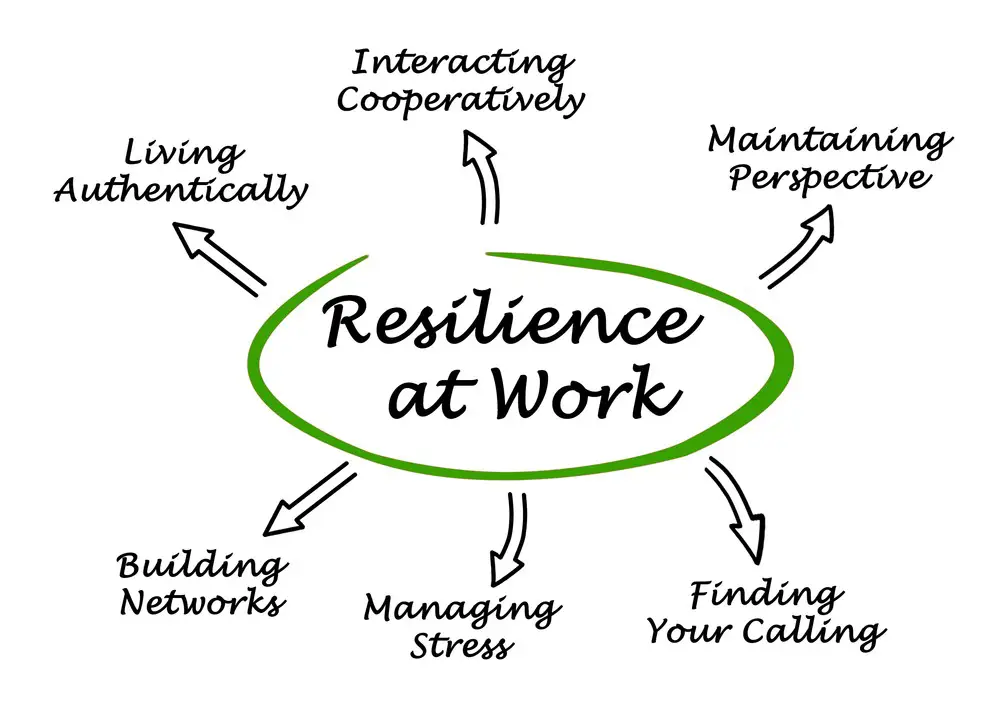 Building Resilience
Building Resilience
